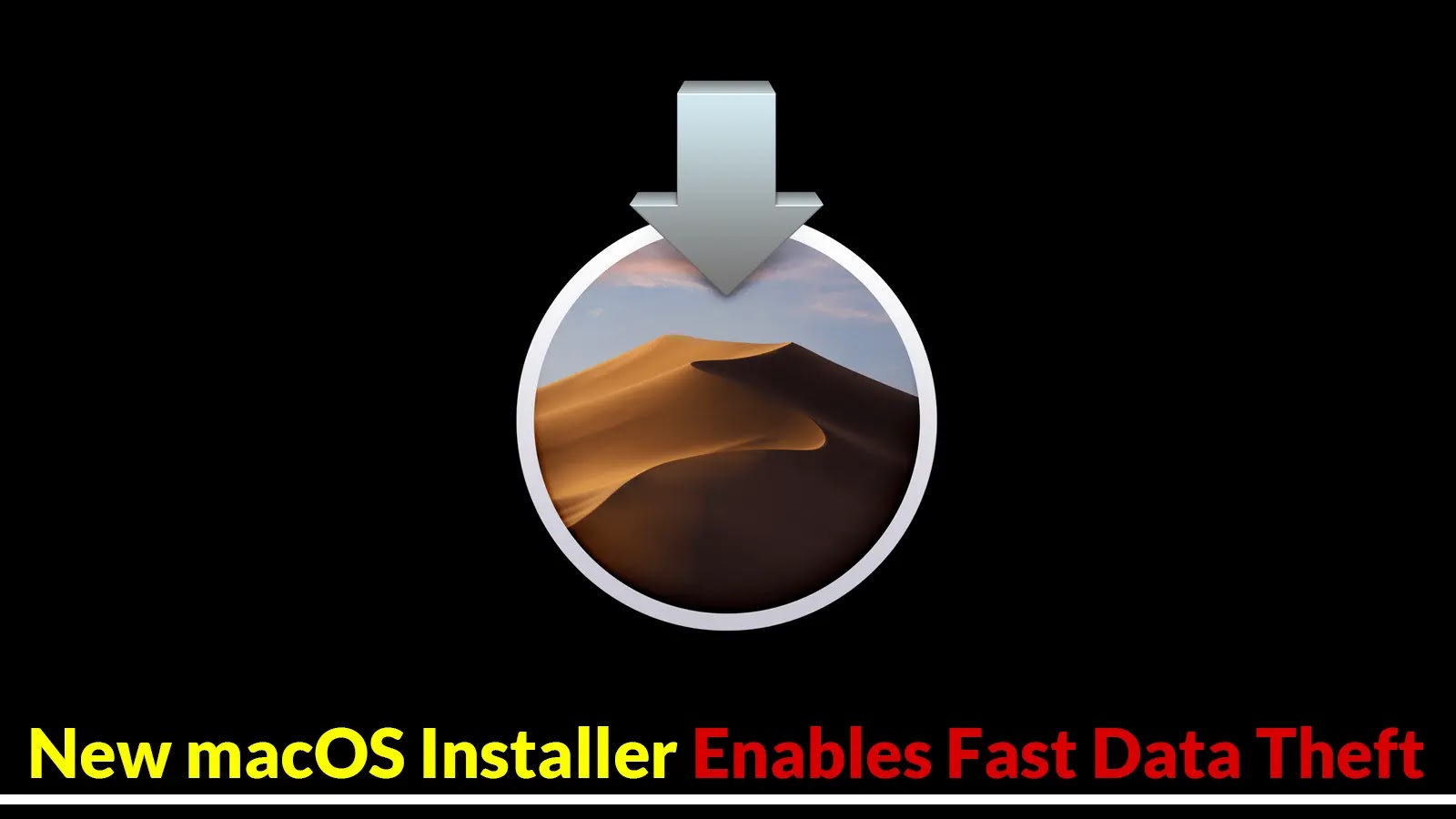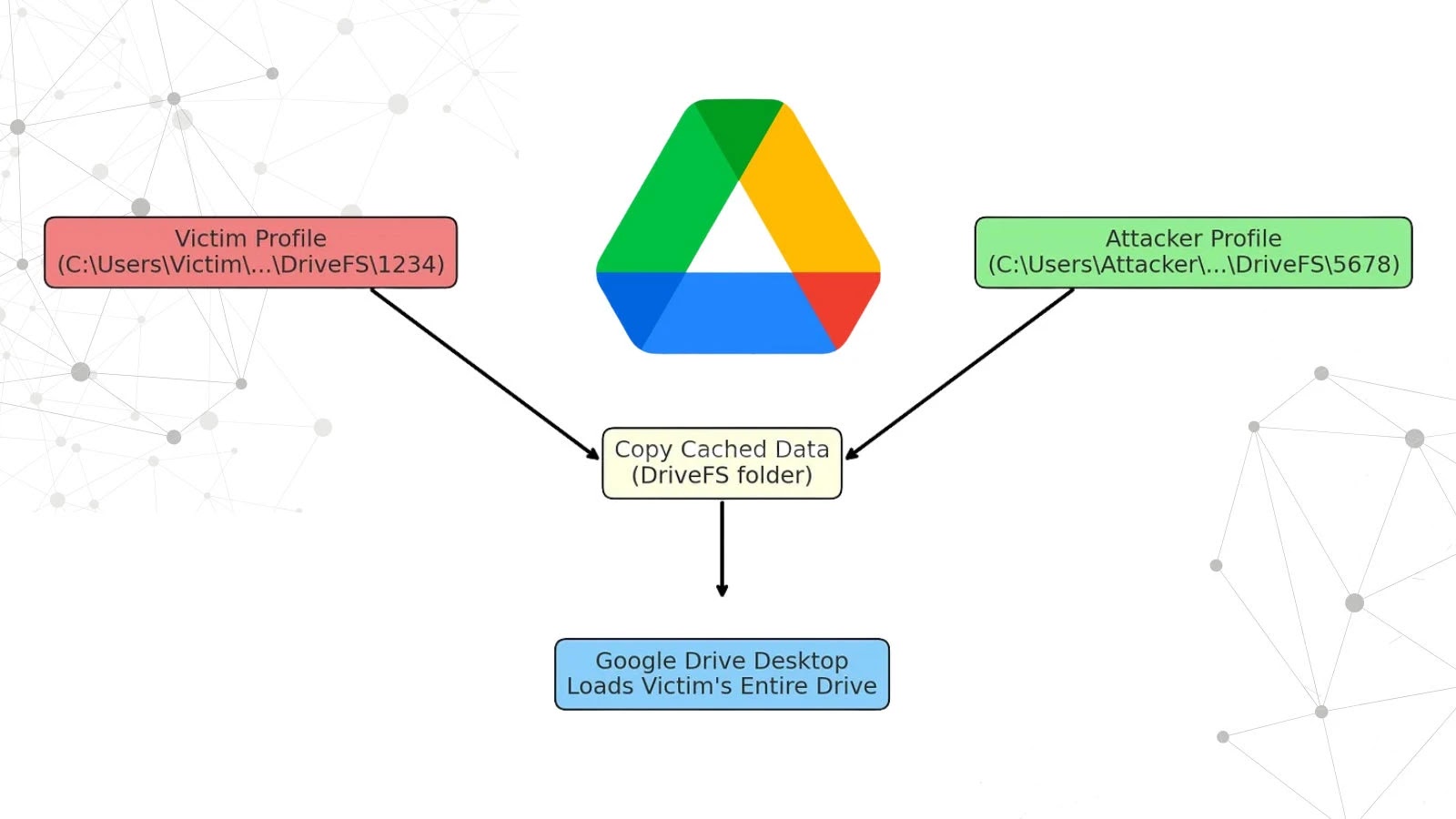The first quarter of 2025 has witnessed an alarming escalation in ransomware incidents, with 2,314 victims reported across 74 distinct data leak sites. This figure represents a staggering 213% increase compared to the 1,086 victims recorded during the same period in 2024. This surge marks a significant departure from the relatively stable ransomware landscape observed throughout 2024, where cybercriminals appeared to focus on highly targeted attacks rather than volume-based campaigns.
Evolution of the Ransomware Ecosystem
The ransomware landscape has undergone substantial transformation, with 74 active ransomware groups operating data leak sites in Q1 2025, up from 56 variants in the corresponding period of 2024. This expansion reflects the growing sophistication and diversification of the ransomware-as-a-service (RaaS) model, where cybercriminals lease their malicious software to affiliates who conduct the actual attacks.
Industries across the board have felt the impact of this surge, with the industrial, consumer cyclical, and technology sectors bearing the brunt of these attacks. The manufacturing sector, in particular, has been heavily targeted, with 1,315 victims over the past 12 months. These attacks often result in massive operational disruptions, increasing the likelihood of ransom payments due to the high costs associated with downtime. ([hipaajournal.com](https://www.hipaajournal.com/ransomware-attacks-increase-123-2-years/?utm_source=openai))
Cl0p’s Ascendancy and Zero-Day Exploitation
A notable shift in the ransomware hierarchy has been observed, with Cl0p emerging as the dominant threat actor. The group listed 358 victims in Q1 2025, a remarkable 284% increase from the 93 victims recorded throughout all of 2024. This surge is primarily attributed to Cl0p’s exploitation of two zero-day vulnerabilities in Cleo’s managed file transfer solutions, identified as CVE-2024-50623 and CVE-2024-55956.
In February 2025 alone, Cl0p’s campaign resulted in 389 victims, underscoring the devastating impact of supply chain vulnerabilities when weaponized by skilled threat actors. The retail sector was particularly affected, with Cl0p responsible for nearly half of all retail victims in Q1 2025. This highlights how supply chain vulnerabilities can cascade across entire industry verticals when exploited by determined cybercriminals.
Emergence of New Ransomware Players
The ransomware landscape has also seen the rise of new players, including VanHelsing and Babuk2, while established groups like RansomHub and Akira have maintained high attack volumes. Notably, the previously dominant LockBit ransomware operation has continued its decline following law enforcement disruption in February 2024, dropping to 22nd position with only 24 victims listed in Q1 2025.
Cl0p’s Technical Sophistication
Cl0p ransomware, first identified in February 2019 as an evolution of the 2016 CryptoMix variant, employs sophisticated obfuscation techniques and is digitally signed with legitimate certificates to evade security detection. The malware’s technical architecture includes geographic restrictions that terminate execution when targeting Commonwealth of Independent States countries, a common characteristic among Russian-affiliated ransomware operations.
Cl0p primarily targets Active Directory servers to achieve comprehensive network compromise, appending the .ClOP extension to encrypted files while maintaining its dark web presence through the >CLOP^-LEAKS data leak site. This dual-extortion approach combines traditional file encryption with data theft, maximizing pressure on victims to pay ransoms.
Broader Implications and Recommendations
The dramatic increase in ransomware attacks underscores the evolving tactics of cybercriminals and the pressing need for organizations to bolster their cybersecurity defenses. The exploitation of zero-day vulnerabilities, as demonstrated by Cl0p, highlights the importance of timely patch management and the need for organizations to stay vigilant against emerging threats.
To mitigate the risk of ransomware attacks, organizations are advised to:
1. Enable Multifactor Authentication (MFA): Adding an extra layer of security can help prevent unauthorized access, especially in cases where credentials may have been compromised.
2. Regular Data Backups: Implementing the 3-2-1 backup strategy—three copies of data, on two different media, with one offsite—can ensure data recovery in the event of an attack.
3. Prompt Patch Management: Keeping systems up to date by applying patches as soon as they are released can close vulnerabilities that ransomware groups might exploit.
4. Email Verification Protocols: Training employees to recognize phishing attempts and verifying emails before opening them can reduce the risk of malware infiltration.
5. Adherence to Security Frameworks: Following established security frameworks, such as those provided by the National Institute of Standards and Technology (NIST), can guide organizations in implementing robust security measures.
The surge in ransomware attacks serves as a stark reminder of the ever-present cyber threats facing organizations today. Proactive measures, continuous monitoring, and a culture of cybersecurity awareness are essential in mitigating the risks posed by these evolving threats.



